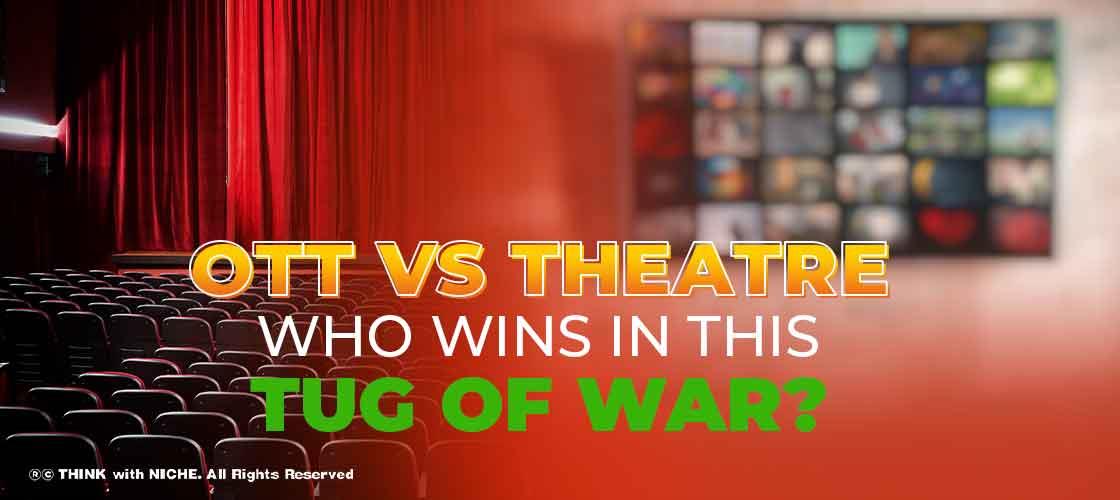Call to Advertisers – OTT Platforms Seek Money

Blog Post
The promotional video-on-demand model will continue to exist and fund the OTT platform, but it has some unique issues. The lack of fine-grained targeting and the lack of standard data metrics make these platforms unattractive to advertisers looking for value for money. Is a standardized cross-media measurement system the solution? #TWN
In a way, today's OTT business mirrors the television industry of the 1990s. With the exponentially increasing number of people subscribing to online entertainment and movies being streamed on these platforms, theaters are closed or underpowered movies, which was once seen as an "experimental" business model, has now become a real alternative entertainment medium.
In the early days of television privatization, money and talent poured into new broadcasters. Today, they flock to the newly curated OTT platforms (and Web series makers). So far, the industry's growth plan has been clear: create fee walls, set them at the right price point, and attract viewers with discounts and bundles to buy subscriptions.
Now, the bulk of the platforms is performing on a hypothesis that there could also be an associate higher limit to what percentage Indian customers are caning to become subscribers. “In a market like India, subscription is growing. However, it’s not about to grow at an exponential pace,” says Anand Chakravarty, managing director of media firm Essence India. “AVoD (advertising video-on-demand) will still be necessary during this market as a result of the general public with free content. So, the solitary way for the platform to make money is to use the AVoD stream and advertising.”
Advertising has been a dominant part of OTT platforms’ revenue in India and is expected to remain so in the medium term, although subscription revenue is expected to grow at a much faster rate.
Slice and Dice
Television still remains India’s largest mass medium! However, advertising dollars progressively pursue digital advertising since it has substantially more information concerning its audience, which further can be sliced and diced in several ways.
In television, audiences are often classified by gender, age, and new consumer classification system (NCCS), a classification technique to determine customers by their propensity to spend and affluence. However, digital advertising, introduced by Google and Facebook, allows marketers to track audiences by their consumption patterns, location, and online browsing behavior. Digital advertising is expected to help earn a better ROI as it lets marketers build a granular profile of their target customers and focus all their ads on that group.
Digital advertising has a controversial history of identifying and capturing core metrics like views, impressions, engagement, click-throughs, and conversions. Many brands have been looking to verify the data that OTT platforms pass to them on their ads.
An Informed Choice
Earning more also means being able to collate and compare different ad spaces and marketing channels. Here's another big test that AVoD offers from failed OTT platforms - standardization.
With platforms sharing their own set of numbers with marketers – often having their own definitions of key terms like views, impressions, engagement, and conversions – marketers have little ability to compare reach and return on investment across different platforms. This problem is not limited to OTT platforms. No digital ad space owner in India shares data in a standard format for marketers to conclude their investments across all platforms.
The Bottom Line
The fact that OTT platforms need to create a video-on-demand ad business is thriving for the industry. However, it's a futile strategy if they can't win the trust of advertisers and arm themselves with all the tools their biggest digital advertising rivals already offer them. A big part of the potential solution is having a BARC television rating measurement system, which tracks all digital platforms that could become the industry standard. Although, one such project has been attempted in the past - named EKAM and led by BARC. He may have died in the water, as were hopes of similar efforts.
So why is this not happening, and what other alternatives do OTT platforms have now?
We’ll bring it to you soon!
If you liked reading this article, we have two more for you. Click on the link below to explore!
OTT And Gen X – Can the Music Bond Be Reconciled?
You May Like
EDITOR’S CHOICE














